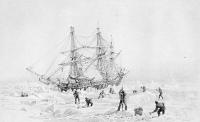
HMS Terror in ice
The wreckage of one of two missing ships from Franklin’s lost expedition of 1845 is believed to have been found. It is not known yet if the wreck is of HMS Terror or HMS Erebus. The Franklin expedition was an attempt to traverse the last unnavigated section of the Northwest Passage. Franklin, 128 men of the expedition and the two ships, were all lost. Searches for the lost expedition began in 1848, and continued through much of the 19th century. Since 2008, Parks Canada has led six major searches for the ships. A remotely operated underwater vehicle searching the Victoria Strait made the discovery on Sunday.
Before serving as an expedition ship, HMS Terror played a memorable role in American history. Indeed, so did a ship named HMS Erebus. Continue reading

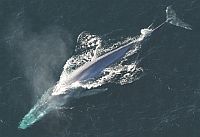 Despite being hunted from 1905–1971, the California blue whale has rebounded so that today it is approximately 97% of pre-whaling levels. The journal Marine Mammal Science recently published a study, “
Despite being hunted from 1905–1971, the California blue whale has rebounded so that today it is approximately 97% of pre-whaling levels. The journal Marine Mammal Science recently published a study, “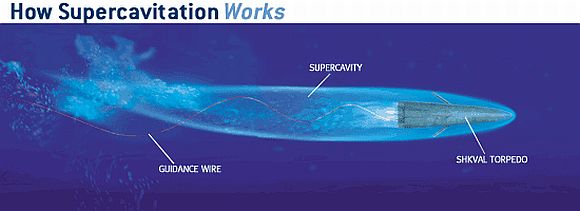 The headline in the South China Morning Post was, at the very least, eye catching —
The headline in the South China Morning Post was, at the very least, eye catching —  Starting today and running through October 3rd, the 1933 lighthouse tender
Starting today and running through October 3rd, the 1933 lighthouse tender 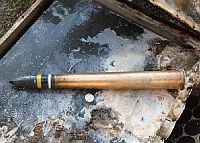 A team of US Navy divers recovered five crates of live munitions from the bottom of
A team of US Navy divers recovered five crates of live munitions from the bottom of 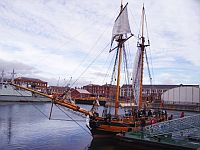 We have been following the 1995 built replica of the topsail schooner HMS Pickle for some time. In 2008,
We have been following the 1995 built replica of the topsail schooner HMS Pickle for some time. In 2008, Another great event that I wish I was attending. Starting tomorrow September 5th and lasting through the 9th, the
Another great event that I wish I was attending. Starting tomorrow September 5th and lasting through the 9th, the 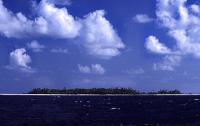 Tuvalu
Tuvalu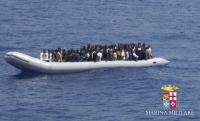 Yesterday, we posted about
Yesterday, we posted about 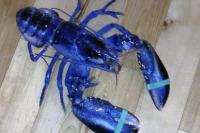
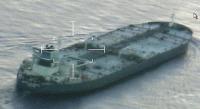
 I recently learned about
I recently learned about 
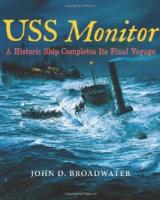
 The 22nd annual running of the
The 22nd annual running of the 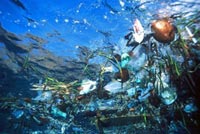 Yesterday,
Yesterday, 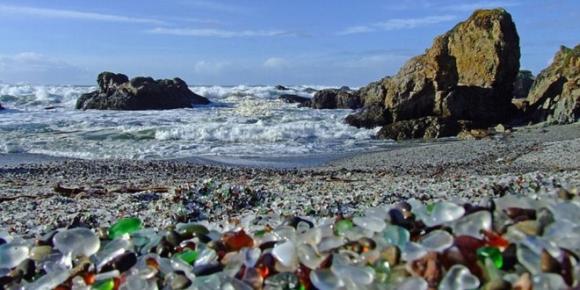 Many years ago my wife and I kayaked with a group in
Many years ago my wife and I kayaked with a group in